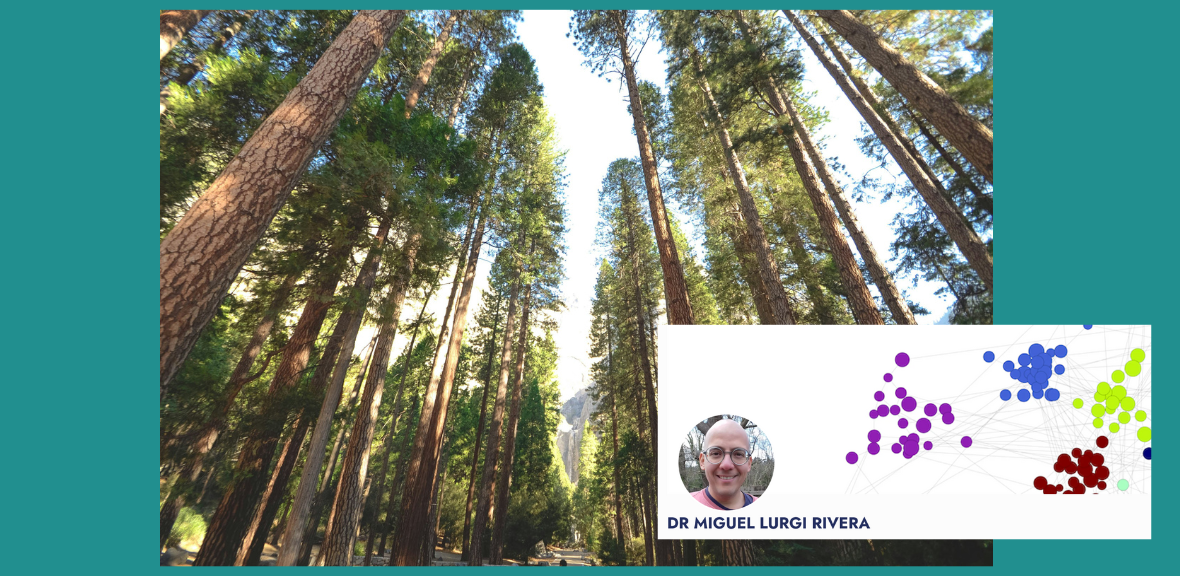
CRI Seminar, Plant Ecology group - Dr. Miguel Lurgi Rivera, Swansea University
Assessing the effect of protected areas on spatial food webs
A full understanding of community structure and organisation is fundamental to assess current conservation strategies and further develop sound conservation actions. This understanding is only possible through quantitative assessments focusing not only on species composition but also ecological interactions. We tackle this challenge by developing an understanding of the network structure of ecosystems under different environmental conditions and their relation to their spatial context. Relating changes in key community properties to the abiotic conditions that they experience, and their connectivity at landscape scales can inform conservation measures.
In this talk, I will present recent work on focusing on terrestrial avian communities. We assess the beneficial effects of protected areas on food web structure and relate these changes to considerations of biomass flow across the ecosystem. This knowledge, we argue, can be incorporated into conservation efforts targeted at preserving ecosystem functions. Inspired by the spatial context of protected areas and its potential to influence community dynamics and conservation, we develop a theoretical framework to explore the impact of patch restoration on the meta-community dynamics of food webs. Terrestrial conservation strategies aimed at preserving environments conducive of food web complexity (e.g. heterogeneous habitats) can promote the presence of larger species and biomass flow within ecosystems.
Miguel obtained his PhD in Terrestrial Ecology from the Autonomous University of Barcelona in 2014. He developed his doctoral research jointly at the Marine Sciences Institute (ICM-CSIC) and the Centre for Ecological Research and Forestry Applications (CREAF). After his PhD, Miguel completed his postdoctoral training at the University of Adelaide, Australia (2014-2016) and the Theoretical and Experimental Ecology Station of the CNRS, France (2016-2019). Since 2019 he leads the Computational Ecology Lab at Swansea University, UK where he is an Associate Professor.
His research seeks to understand the ecological and evolutionary drivers behind the assembly of complex species interaction networks across spatial scales and ecosystem types. Further, he is interested in applying this knowledge to understand the impacts of different aspects of global change on species interaction networks. To tackle these challenges, he studies a variety of systems at various scales, from microbial communities to continent-wide food webs. His research combines analyses of complex datasets of species distributions and interactions with the development of theoretical models of community assembly incorporating ecological and evolutionary processes. This approach ultimately seeks to contribute to the mechanistic understanding of large-scale biodiversity patterns and how they break in the face of environmental perturbations.
Forest photo by Chelsea Bock on Unsplash
